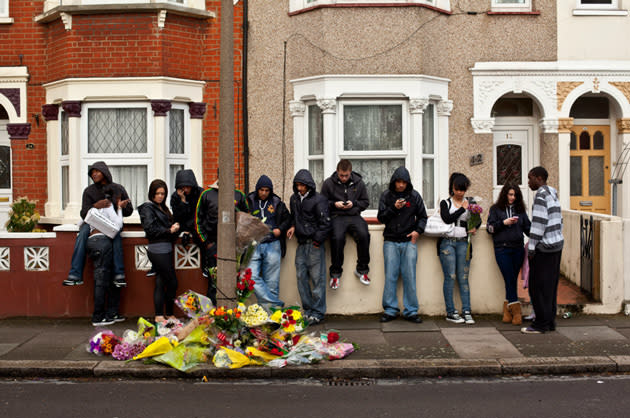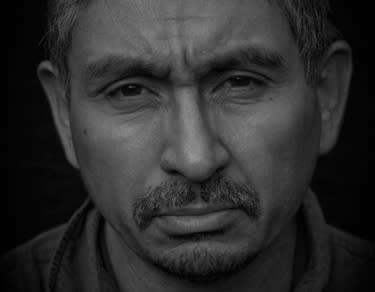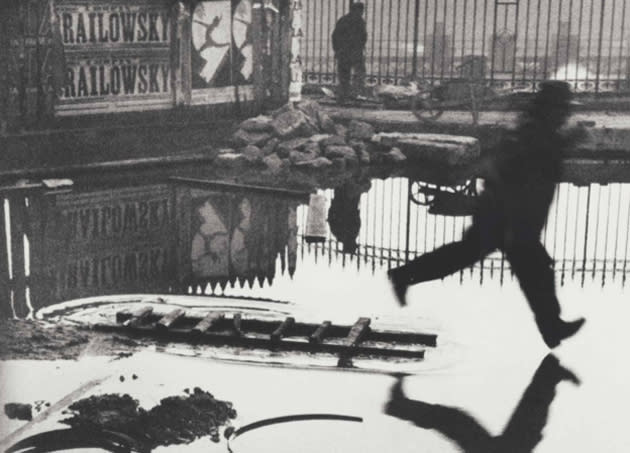A guide to street photography: Antonio Olmos and the dark art of manual exposure

Street photography is the purest, most spontaneous way to create art with a camera. No studios, no props, no poses; all you need is the right equipment and a street with people on it. In this original series for Engadget, we'll follow three seasoned street fighters and try to glean some practical wisdom about what engages their eyes, brains and fingers in the moments before they shoot.
In part one, we focus in on Antonio Zazueta Olmos -- a street photographer who has learned to rely on manual exposure to capture the images he wants, rather than making use of the ever-smarter, ever-quicker automatic settings available on the latest digital cameras.
The photographer

Olmos works as a freelance photojournalist for UK newspapers like The Observer, and he's also the author of a grimly titled book of street photography called The Landscape of Murder. Each page of this work documents a street corner, lamppost or other grimy spot where a Londoner has met a violent and premature end. Each image tells a story of tragedy, observed through the eyes of a Mexican who migrated to London in the mid-'90s and emphasized through the careful and deliberate use of shadows and manual exposure.

Misery is an interesting choice of theme for a man who's actually the merriest and prone to laughter of all three photographers we'll meet in this series. Olmos laughs a lot during our day with him, and -- as you'll see in the video above -- he's happy to share and explain the joy he finds in his work.
As it turns out, the gloominess of his photos comes not from his own mood, and not even necessarily from the people he photographs. Instead, a large part of the emotion in Olmos' images comes from the very deliberate way he uses his camera: Canon's ever-popular DSLR, the EOS 5D Mark II. (Now superseded by the Mark III at $3,500, although Olmos isn't bothered about upgrading.)
It was only after spending a couple of hours with Olmos that we realized he had never once stopped to look at the photos he'd taken. With the exception of those few test shots to check his exposure, he leaves his camera's playback function well alone until he gets back to base. This is deliberate: regardless of the DSLR's capabilities, or the speed of his manual adjustments, or the leeway offered by shooting RAW, he doesn't expect too much from individual shots. To help illustrate this, the gallery above contains 111 frames taken within the space of an hour.
Olmos never consciously aims for any sort of perfection, and in fact his all-time favorite street shot by another photographer is a technically imperfect shot of Paris from the 1930s. This photograph would never have happened if its creator, Henri Cartier-Bresson, had stopped to think; or, worse, if he'd had a modern camera to do the thinking for him.

For more of Olmos' work, check out this website and his latest book, The Landscape of Murder. And also be sure to read the second part of this series: Matt Stuart, manners and human autofocus.






































































































































